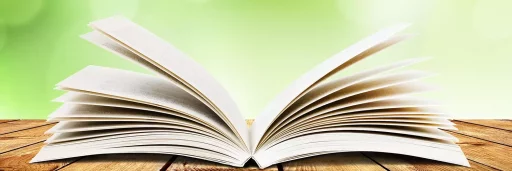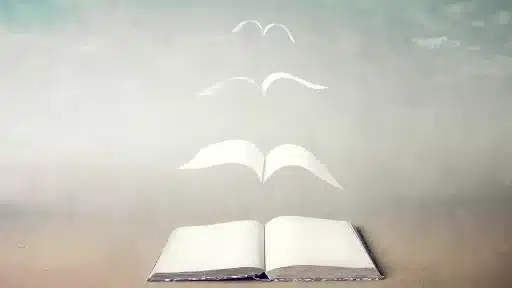What is the Renaissance?
The Renaissance, a term derived from the French word meaning ‘rebirth’, refers to a period in European history that spanned from the 14th to the 17th centuries. It marked a profound transformation in art, culture, politics, and intellectual pursuits following the Middle Ages. The Renaissance is characterized by a renewed interest in the classical philosophies and artistic endeavors of ancient Greece and Rome.
Origins of the Renaissance
The Renaissance began in Italy, emerging in cities such as Florence, Venice, and Rome, largely due to the flourishing of trade, the rise of wealthy patrons, and the impact of the humanist philosophy. It later spread across Europe, influencing various domains including literature, science, and religion.
Key Features of the Renaissance
- Humanism: This intellectual movement placed a strong emphasis on the study of humanity and classical texts, encouraging individuals to explore their potential.
- Artistic Innovation: Artists like Leonardo da Vinci, Michelangelo, and Raphael embraced realism, perspective, and anatomy, creating masterpieces that showcased human emotion and the beauty of the natural world.
- Scientific Inquiry: This period witnessed a shift from religious explanations to empirical observation. Figures like Galileo and Copernicus challenged long-standing beliefs, paving the way for modern science.
- Secularism: While religion remained significant, there was a notable shift towards secular themes, where artists and thinkers explored worldly subjects in addition to spiritual ones.
Significant Figures of the Renaissance
The Renaissance was home to a multitude of influential figures across different disciplines. Here are a few notable examples:
- Leonardo da Vinci: Renowned as a painter, scientist, and inventor, his works such as the “Mona Lisa” and “The Last Supper” continue to captivate audiences.
- Michelangelo Buonarroti: Famous for his sculptures, including “David” and the Sistine Chapel ceiling, Michelangelo’s work combined artistry with a deep understanding of human form.
- Niccolò Machiavelli: A political philosopher whose book “The Prince” provided insights into political theory and practice, marking a departure from medieval thought.
- Galileo Galilei: Often termed the “father of modern observational astronomy,” his contributions to physics and astronomy laid the groundwork for modern science.
Impact of the Renaissance
The Renaissance had a monumental impact on various facets of society. Here are some areas profoundly affected by this period:
- Art: The techniques developed during this time, such as chiaroscuro and linear perspective, established a foundation in visual arts that is still studied today.
- Education: The rise of humanist education transformed schooling and led to the establishment of universities that emphasized a more well-rounded curriculum.
- Religion: The questioning of religious authority fueled the Protestant Reformation, leading to diverse Christian denominations and changing the course of religion in Europe.
- Exploration: The Renaissance inspired explorers like Christopher Columbus and Vasco da Gama to seek new trade routes and territories, expanding the known world.
Statistics and Case Studies
According to statistics from the arts sector, there has been a 50% increase in patronage for contemporary art forms that draw inspiration from Renaissance techniques and themes. For example, exhibitions showcasing Renaissance art attracted millions of visitors worldwide, with The Louvre reporting over 9.6 million visitors in 2019, highlighting the enduring fascination with the period.
Case studies of universities such as Stanford and Harvard show a resurgence in the study of Renaissance thought and its implications in modern contexts. Programs that explore Renaissance literature and philosophy have increased enrollment by approximately 30% over the past decade, indicating a renewed interest in the intellectual pursuits of this era.
Conclusion
The Renaissance was more than just an artistic movement; it was a pivotal period that reshaped humanity’s understanding of itself and its environment. The principles of humanism, exploration, and scientific inquiry emerged as revolutionary ideas, influencing countless generations to come. Understanding the Renaissance helps us appreciate the roots of modern thought and artistic expression.





